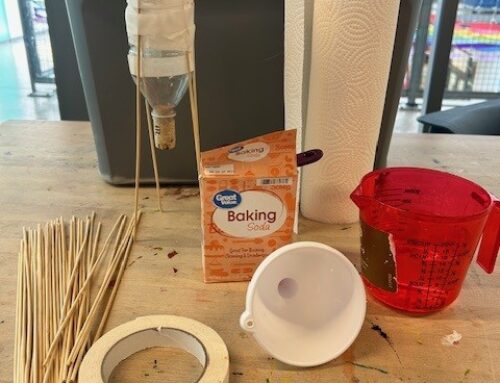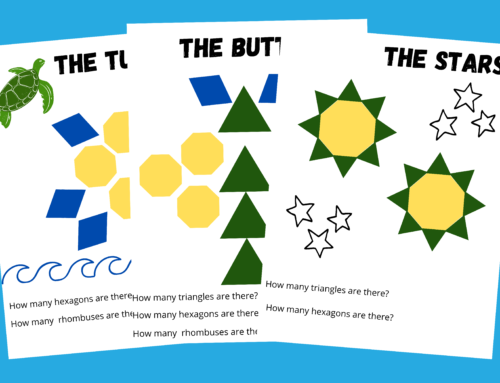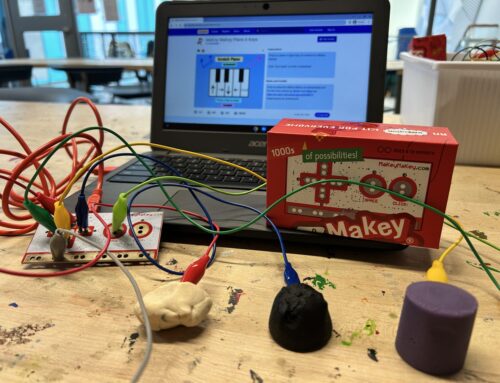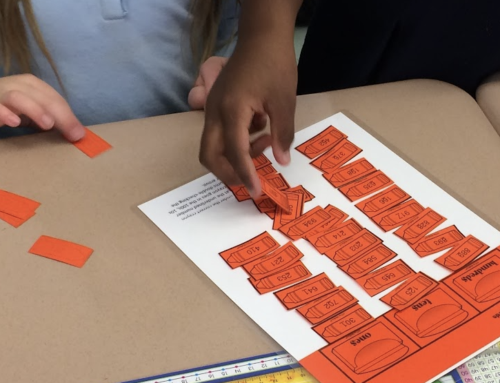With many schools, libraries, and afterschool centers around the world participating in Hour of Code in December (or throughout the year!), I want to highlight a couple great products and resources to really boost your coding with robotics programs or activities!
Edison Robots
Edison robots are a fantastic addition to your robot collection. They are relatively affordable compared to other codable robots. And, they are pretty easy to use once you’ve coded them a few times. Besides the price, here are my 3 favorite things about them:
- They can be coded with any wi-fi connected device that has an auxiliary (headphone) port. No need to download software, special apps, or only be able to use Apple or Linux devices.
- They are LEGO-compatible.
- They can be coded via 3 different coding languages to handle a range of abilities & ages.
- EdBlocks, which is like Scratch Jr
- EdScratch, which is their version of Scratch block coding
- EdPy, which uses Python
If you’re unsure what your students should or could code with the Edison robots, I highly suggest you explore the Edison Robot website! This company has TONS of lesson plans & activities that you can utilize for your Coding Clubs or programs.
 Some people have shared their 3D designs on Thingiverse that you can print and then add to your Edison robots. I’ve printed the marker and Bic pen holders so that my coders can have Edison draw on butcher paper I tape to the floor. If you’ve got your own 3D printer in your makerspace, you can have students create their own LEGO-compatible piece to attach to Edison.
Some people have shared their 3D designs on Thingiverse that you can print and then add to your Edison robots. I’ve printed the marker and Bic pen holders so that my coders can have Edison draw on butcher paper I tape to the floor. If you’ve got your own 3D printer in your makerspace, you can have students create their own LEGO-compatible piece to attach to Edison.
Usually I try to encourage coders to challenge themselves or one another. If you’ve got big blocks or empty boxes, make an obstacle course! Maybe even a mini version of Battle Bots or Sumo Wrestling Bots?!?!?
Cubelets
Cubelets are modular magnetic robots. There’s no coding happening, but they introduce kids to the ideas of needing an input (sensors), power, having a desired output (action like wheels, lights, spinners, etc.), as well as passive, inverse, and blocking of inputs. All these things are really important when dealing with robotics.
Cubelets are a bit pricey and I’d say you can have 1 student per battery to build their robot, possibly 2 to share & work together. Getting the classroom set has 6 batteries, so you could have 6-12 kids working with the Cubelets. They also have magnetic LEGO-adaptors, so they can build with bricks on their robots.
You don’t need smart devices, unless students would like to use the Bluetooth cubes to control certain parts of their robots. Honestly, I typically use Cubelets as a station in my library’s makerspace and it would be just too much of a hassle trying to connect & keep the Bluetooth cubes connected to specific iPads. So when I have out all of the Cubelets, I remove the Bluetooth ones. But, if you’re looking to give your students more control of their robots, then use those Bluetooth cubes!
At my Cubelets station, I’ll print out some guides or examples of robots that can be built if students prefer to follow directions than come up with robots on their own. If you’re looking for lesson plans and ideas, the Cubelets website has a bunch of stuff for educators.
Protect Your Robots!
Lastly, make sure your coders aren’t sending Edison or Cubelets off the edges of tables and thus plummeting to their deaths! Have students put the robots on the ground if they are moving around a lot. Flat, smooth, level ground would be best. Probably best to avoid carpets. Or, if you have the funds, buy some Poly Bumpers to keep any of your robots on the table.









Leave A Comment